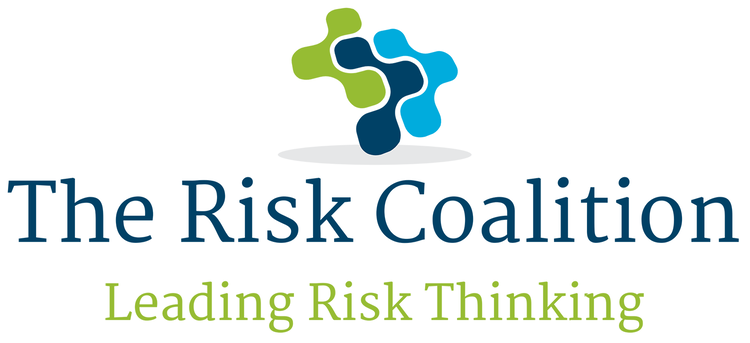In today's rapidly evolving business landscape, organisations face various risks that are not easily quantifiable. These risks, such as emerging threats, systemic issues, and strategic uncertainties, pose significant challenges to risk management and decision-making. In this blog post, we will explore the role of the Board Risk Committee in dealing with these not easily quantifiable risks and the importance of effective risk governance in mitigating their impact.
Understanding Not Easily Quantifiable risks
Not easily quantifiable risks present unique challenges as they defy traditional risk quantification methods. Unlike operational or credit risks, which can be measured and modelled to a certain extent, not easily quantifiable risks lack clear data and are often characterised by uncertainty, long-term implications, or low-frequency but high-impact events. Examples include emerging risks, reputational damage and strategic uncertainties.
Moreover, risks that appear insignificant when considered individually can accumulate and lead to a systemic issue. Focusing only on individual risks in isolation may hinder the identification of underlying systemic risks. These risks, despite their potential impact, may remain unquantifiable if not examined holistically.
The role of the Board Risk Committee
The Board Risk Committee plays a crucial role in navigating not easily quantifiable risks. Its primary responsibility is to facilitate the exploration and discussion of such risks, generating alternative perspectives and fostering critical thinking. By challenging the executive and pushing for a deeper understanding of these risks, the committee adds value to the risk management process.
One key aspect of managing not easily quantifiable risks is scenario planning. For example, by developing black swan scenarios and engaging in narrative-based discussions, the committee exercises more freedom of thought while exploring potential vulnerabilities, stakeholder reactions, and organisational responses.
This approach goes beyond numbers and encourages a holistic evaluation of the breadth of potential outcomes and resilience measures. By exploring extreme possibilities, the committee can better assess the resilience of the organisation and identify potential vulnerabilities.
Furthermore, the committee should advocate for a broader view of risk management beyond purely financial considerations. Risks that fall under the not easily quantifiable category, such as cultural, governance, and strategic risks, require attention and appropriate mitigation measures. By challenging the executive to provide the right data and considering various sources and analyses, the committee ensures a comprehensive understanding of the risks at hand.
Enhancing risk governance and decision making
Dealing with not easily quantifiable risks effectively requires a shift in mindset. It is important to recognise that risks cannot always be neatly quantified and that traditional risk frameworks may not adequately capture these complexities. Instead, a balance between common sense, good judgment, and established methodologies should be sought.
Organisations must strike a balance between quantification and qualitative assessment. While quantification remains essential for risk management, a sole reliance on numbers may overlook critical aspects of risk, such as uncertainty and emerging threats. The Board Risk Committee should advocate for a more comprehensive approach that includes narrative-based storytelling and qualitative evaluations.
Promoting a culture of open discussion and information sharing is also crucial. The committee should encourage executives to provide accurate and relevant data while challenging existing assumptions and biases. By fostering a constructive dialogue, the committee can help align different stakeholders' perspectives and create a common understanding of the risks under consideration.
Conclusion
In an increasingly complex and uncertain business environment, not easily quantifiable risks pose significant challenges to organisations. The role of the Board Risk Committee becomes paramount in addressing these risks effectively. By facilitating exploration, encouraging alternative perspectives, and advocating for a comprehensive risk management approach, the committee plays a vital role in ensuring organisations are resilient in the face of uncertainty. Through a combination of scenario planning, narrative-based discussions, and effective risk governance, organisations can navigate these risks with greater confidence and make informed decisions that safeguard their long-term success.
Chris Burt is a co-founder of the Risk Coalition and a principal at Halex Consulting. His blog is based on a recent roundtable discussion of the Risk Committee Chairs Forum (RCCF). The RCCF was established by the Risk Coalition to provide an opportunity for board risk committee chairs to exchange views and discuss matters of common concern. To find out more about RCCF, please contact the Risk Coalition Team.

